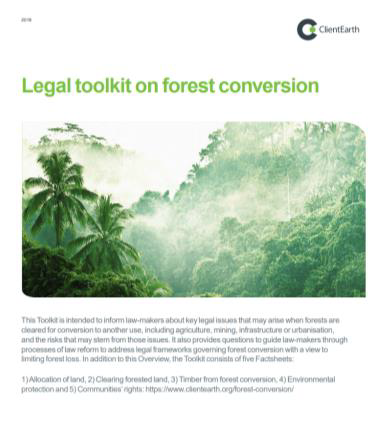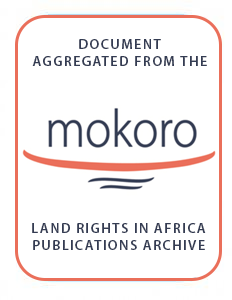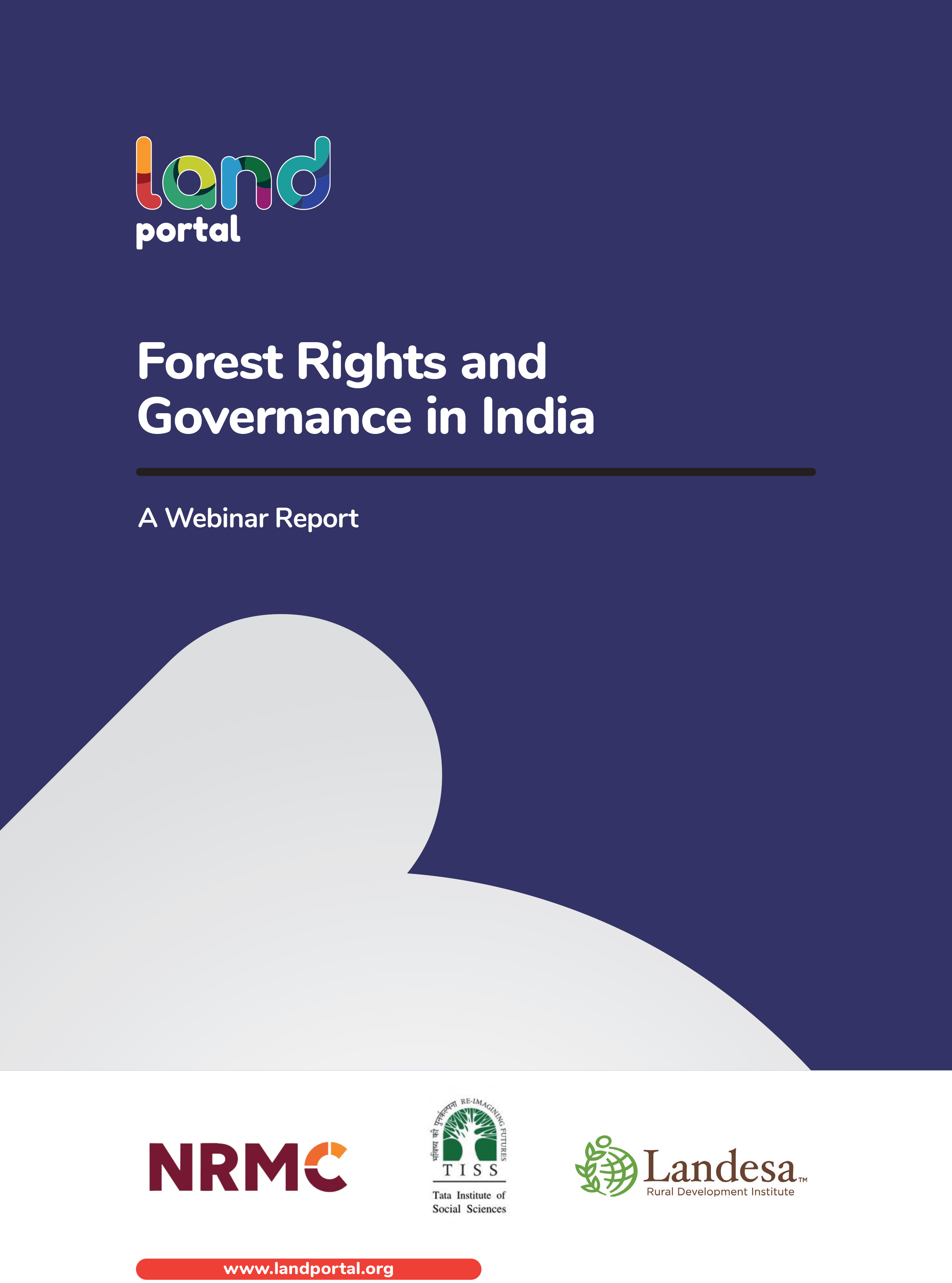Women and forests: does their involvement matter?
This brief article documents author's reasons for considering the answer to be "yes." She draws first on her extensive ethnographic experience in forest communities in the US and in several forested areas of Indonesia, with examples. Her second source of conviction in this view comes from her involvement in a comparative study of criteria and indicators in Africa, Asia and South America, in which she visited many forested areas around the world.
Where are the poor and where are the trees?: targeting of poverty reduction and forest conservation in Vietnam
This paper highlights the spatial linkages of forest quality with poverty incidence and poverty density in Vietnam. Most of the Vietnamese poor live in densely populated river deltas and cities while remote upland areas have the highest poverty incidences, gaps, and severities. Forests of high local and global value are located in areas where relatively few poor people live, but where the incidence, gap, and severity of poverty are strongest, and where the livelihood strategies are based on agricultural and forest activities.
Where are the poor and where are the trees?: targeting of poverty reduction and forest conservation in Vietnam (Vietnamese)
This paper highlights the spatial linkages of forest quality with poverty incidence and poverty density in Vietnam. Most of the Vietnamese poor live in densely populated river deltas and cities while remote upland areas have the highest poverty incidences, gaps, and severities. Forests of high local and global value are located in areas where relatively few poor people live, but where the incidence, gap, and severity of poverty are strongest, and where the livelihood strategies are based on agricultural and forest activities.
Legal Toolkit on Forest Conversion
This is a legal toolkit to help decision-makers use laws to reduce forest conversion and minimise the environmental and social impacts of deforestation. It offers countries a starting point to reform laws governing forest conversion.
Using legal analysis from nine tropical countries, the toolkit identifies key risks associated with unclear forest conversion laws and provides lawmakers with guidance on the questions they should ask themselves when writing or reforming forest conversion laws on five key areas:
· Clarity around the allocation of land
Whose Land is it? The status of customary land tenure in Cameroon
Includes what is the problem and what can be done?; the law and customary land rights; how does Forest Law treat customary land rights?; lessons from other African states; the way forward. Argues that the current de jure reality is that most rural Cameroonians are little more than squatters on their own land with regard to forests and other land assets.
Forest law and sustainable development: addressing contemporary challenges through legal reform
Thinking about forest management has undergone important changes over the last two decades. These changes have inspired attention to the reform of forest laws on a range of subjects, from forest planning and utilization to governance and trade. From its traditional narrow focus on government control and management of forests, modern forest law has expanded to encompass attention to environmental and social goals and to accommodating the interests of multiple stakeholders in forest management.
Forest Rights and Governance in India
The webinar on the Forest Rights and Governance in India took place on 30 January, 2018. The webinar discussed why has there been variation in the implementation of the Forest Rights Act and identified institutional bottlenecks to upscaling its implementation, as well as lessons learned from existing best practices.
The webinar addressed implementation of the Forest Rights Act, its inclusion of traditional forest dwellers - men and women, innovations that have proven successful, and questions of governance and its impact on the forest rights discourse and policies.





